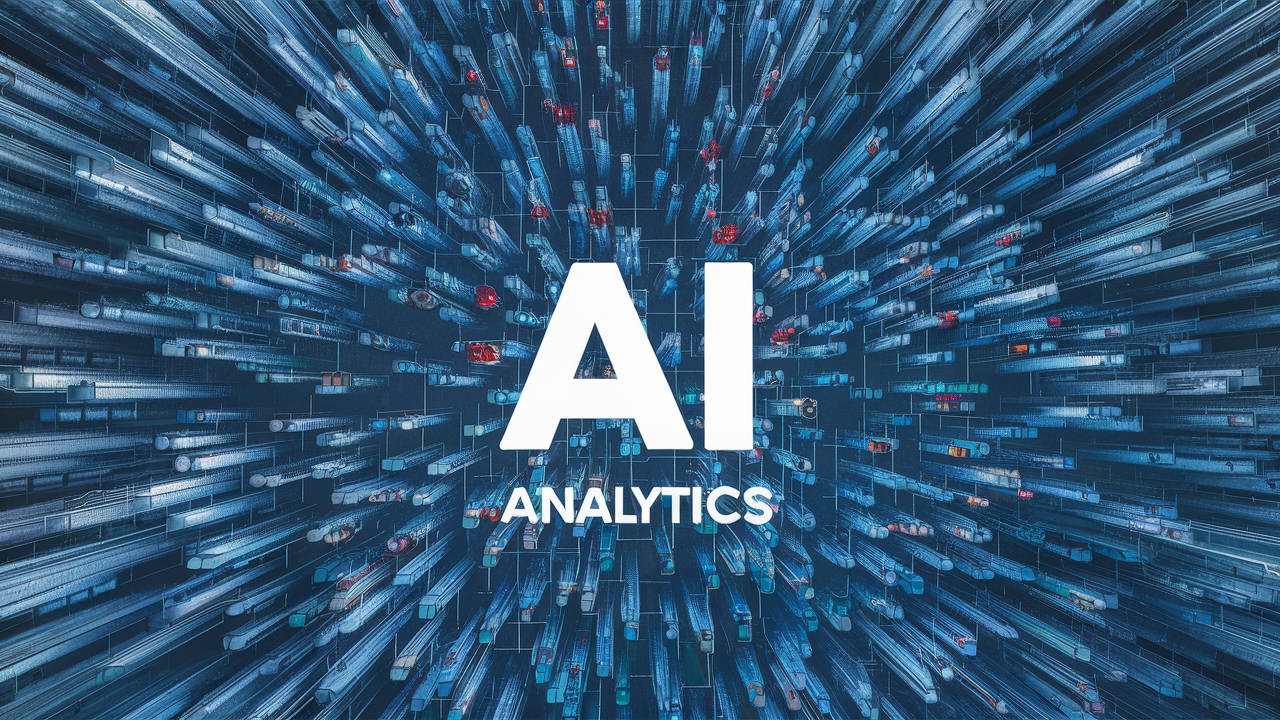TL;DR
- What AI predicts and why data matters for accurate forecasts.
- Key data signals that feed predictive models and how they’re combined.
- Actionable steps to start a data-driven analytics program with a small pilot.
- Risks and governance to protect privacy and maintain trust.
Understanding what customers want before they say it aloud is a core advantage for modern businesses. AI analytics turn data into actionable forecasts, revealing shopping preferences, timing, and intent. By translating data signals into predictions, teams can optimize products, pricing, and messaging with confidence. This article explores how AI predicts consumer behavior through data, what data matters, and how to apply these insights responsibly.
How AI Predicts Consumer Behavior Through Data
What data AI uses
AI systems draw on a wide range of data to form a complete view of the customer journey. Transaction histories show what was bought, how often, and at what price. Website and app behavior capture what a user considers, clicks, dwell time, and exit points. Customer relationship management (CRM) data reveals past interactions, service requests, and loyalty signals. Product catalogs provide context on features and variants. External signals such as seasonality, market trends, and competitive moves can also influence demand. All these data sources become the signals AI models learn from.
When data is structured and labeled, models can align signals with outcomes. For example, a spike in searches for a product variant paired with rising cart adds can predict a near-future purchase. The goal is to connect disparate data points into a coherent forecast of what a consumer will do next. This is where data signals become predictive insights in a data‑driven marketing strategy.
To keep this approach effective, teams should map data flows across the organization. Identify where data originates, how it moves, and who owns it. Internal links to our guides on AI analytics basics and data privacy in AI can help align governance with analytics goals. For marketers, aligning data sources with customer insights is essential to avoid blind spots and ensure accuracy across channels.
How models read signals
Various modeling techniques interpret data signals in different ways. Time-series models capture patterns over days, weeks, or months to forecast demand. Regression models estimate how changes in price, promotions, or seasonality affect outcomes. Clustering helps segment customers by behavior so models can tailor predictions to each group. More advanced systems use machine learning and, in some cases, deep learning to detect nonlinear relationships and interactions among signals.
Key steps in turning signals into forecasts include feature engineering, which creates informative inputs from raw data. Features might include recency of purchase, average order value, or interaction depth with content. The better the features reflect real drivers of behavior, the more accurate the predictions. Finally, models are validated against holdout data to ensure they generalize beyond the training period. For a practical overview, see our article on predictive analytics for marketing.
Practical steps to apply AI analytics
Organizations can start with a clear goal and a focused data set. Here is a practical path to begin using AI to forecast consumer behavior:
- Define a concrete objective. For example, forecast next-week demand for a best‑selling product in a specific region.
- Inventory and data alignment. Ensure sales, inventory, and marketing data are aligned and time-stamped.
- Assemble a clean data foundation. Remove duplicates, fix missing values, and standardize formats across sources.
- Select a modeling approach. Start with a simple baseline model and progressively add features.
- Validate and monitor. Use back-testing and live monitoring to track accuracy and drift over time.
- Operationalize insights. Integrate predictions into dashboards and campaign automation to act quickly.
- Run a pilot. Begin in one channel or product line to learn and iterate before scaling.
As you implement, keep in mind the value of data-driven marketing. The aim is not just to predict but to align your actions with insights that improve customer experience and business outcomes. Learn from results and adjust strategies in close loop with your teams. For governance and ethics, review our data privacy and ethics in AI guidance to maintain trust while you scale.
Real-world example
A mid-size apparel retailer sought to reduce stockouts while avoiding markdowns. They built an AI model trained on two years of sales history, promotions, and online behavior. The model forecast weekly demand by region, product category, and size. With these predictions, the retailer adjusted replenishment orders, optimized inventory placement in warehouses, and tailored email and app notifications to customers likely to buy soon. The result was a measurable lift in on-shelf availability and a decrease in discount reliance, while customer satisfaction remained steady. This example illustrates how data signals translate into actions that balance supply with demand, improve margins, and preserve the shopping experience.
Pilot considerations and tips
Starting with a pilot reduces risk and builds confidence. Choose a single customer segment and a narrow product group. Use clear success metrics such as forecasting accuracy, stock-out rate, or incremental sales. Document data lineage so teams understand how inputs drive outputs. Keep models explainable where possible; simple, interpretable features help non-technical stakeholders trust predictions. For teams curious about the role of model governance, consult our guide on AI analytics basics and privacy and governance.
Visualization and insights
Visuals help translate data into actionable guidance. A suggested visual is a heatmap that maps data signals (recency, frequency, monetary value, website interactions, and promotions) against predicted demand. The heatmap can highlight which signals most influence forecasts in different regions or product lines. Another useful chart is a time-series forecast with confidence intervals to communicate risk and opportunity to leadership. 
Why this matters for customer insights and personalization
AI analytics unlock deeper customer insights by correlating behavior with outcomes. This leads to more precise targeting, personalized offers, and timely recommendations. By tying data to context, marketing teams can deliver relevant experiences across touchpoints. This approach supports the broader goal of customer insights and personalization, while maintaining a careful balance between automation and human judgment. For more on extending personalization through AI, see our piece on customer insights and personalization.
Governance, ethics, and risk management
With data-driven prediction comes responsibility. Protect privacy by following data minimization and consent practices. Monitor for bias in training data and predictions, and establish explainability where possible so decisions can be challenged and improved. Maintain data quality and lineage so stakeholders can verify sources and methods. Regularly review security controls and access permissions to reduce risk. These practices help maintain trust with customers and sustain long-term value from AI analytics.
Conclusion and next steps
How AI Predicts Consumer Behavior Through Data is a practical framework for turning data into predictable outcomes. By combining diverse data sources, robust models, and disciplined governance, teams can forecast demand, optimize experiences, and accelerate growth. Start small with a focused pilot, then expand with clear metrics and strong data hygiene. As you scale, keep the user at the center and use insights to guide, not override, human judgment. To continue learning, explore related topics such as AI analytics basics, predictive analytics for marketing, and customer insights and personalization.
Take the next step: map your data signals to a specific business outcome this week, then draft a one-page plan outlining data sources, a pilot scope, and success metrics. The future of marketing is data-informed and customer-centric, powered by AI analytics that turn signals into action.



